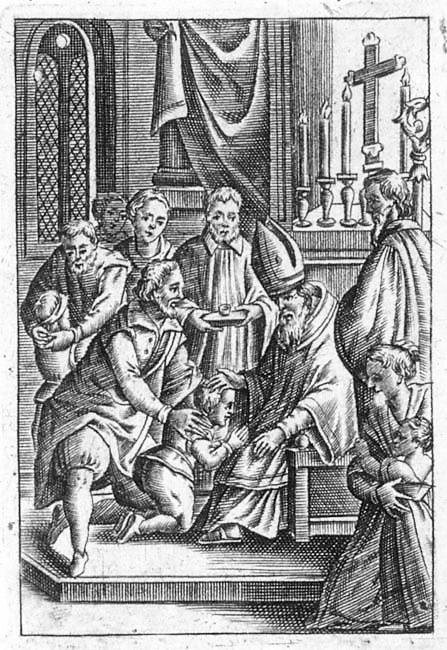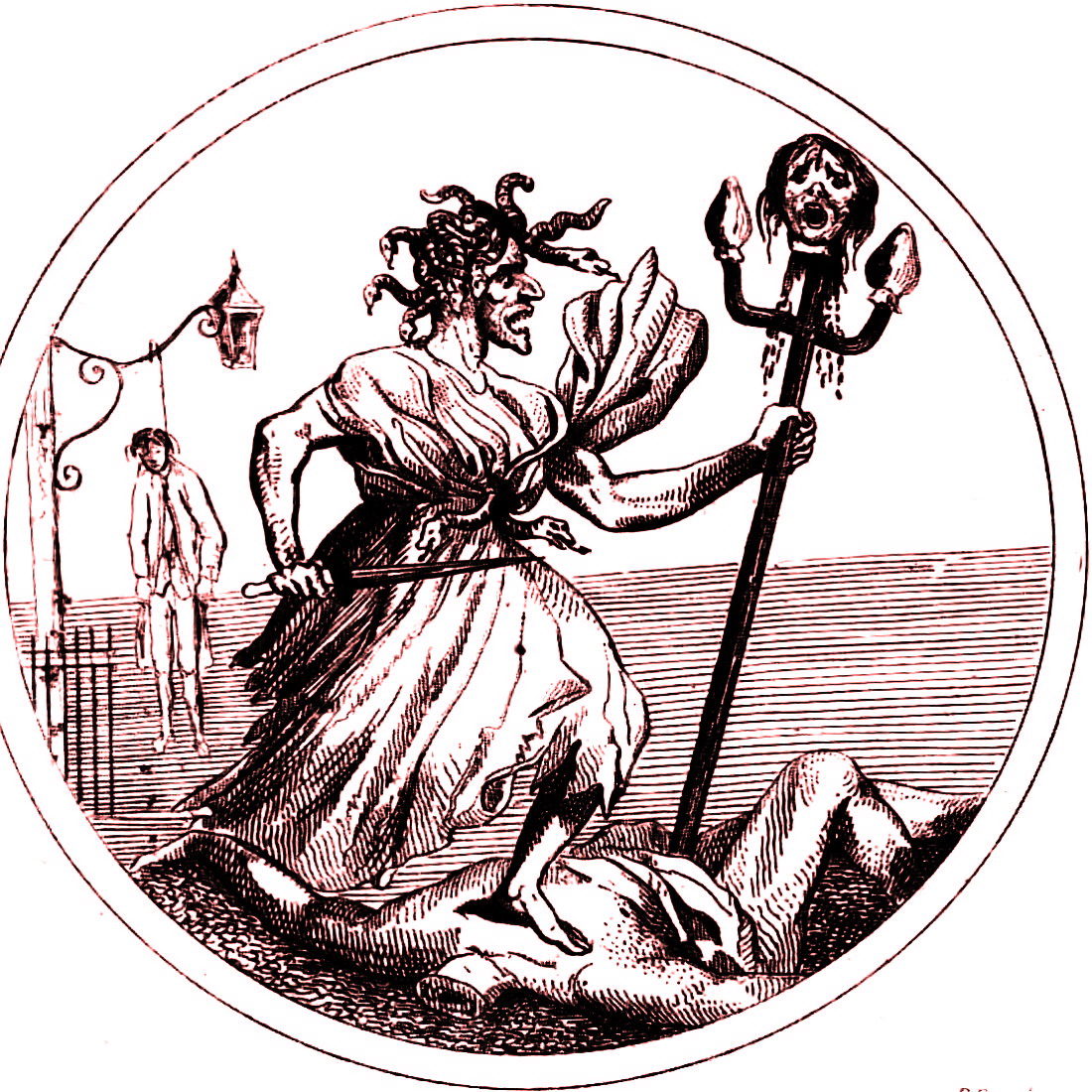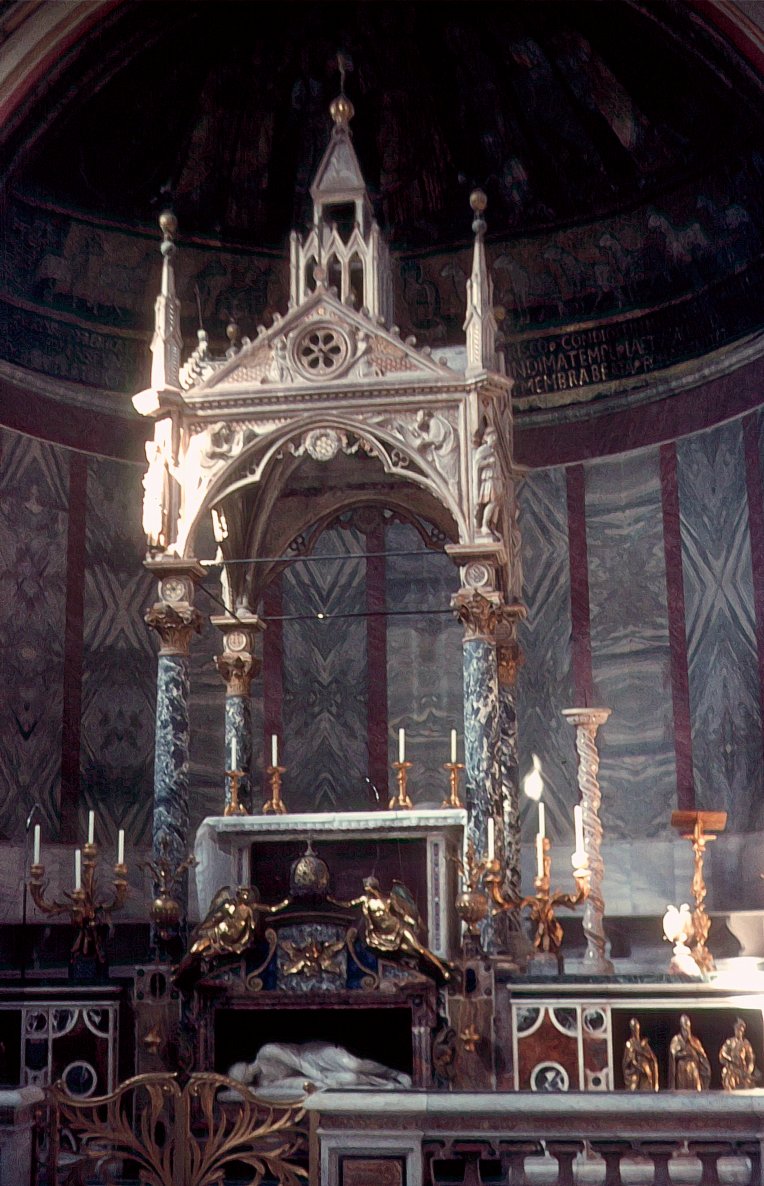|
Julie Billiart
Julie Billiart, SNDdeN (12 July 1751 – 8 April 1816) was a Catholic Church in France, French Catholic nun, educator, and cofounder of the Sisters of Notre Dame de Namur. She was born in Cuvilly, a village in Picardy, in northern France. She was paralyzed and bedridden for 22 years, but was well known for her prayer, her embroidery skills, and her education of both the poor and the nobility, especially her work with young girls. She had to flee Cuvilly after the start of the French Revolution and escaped to Compiègne, where the stress she experienced resulted in another illness that took away her ability to speak, and where she received a vision foretelling that she would found a new religious congregation that would eventually become the Sisters of Notre Dame de Namur. In 1794, she met the French noblewoman and nun, Françoise Blin de Bourdon, who became Billiart's co-founder and close associate, in Amiens. In 1804, Billiart and de Bourdon established the Sisters of Notre Da ... [...More Info...] [...Related Items...] OR: [Wikipedia] [Google] [Baidu] |
Saint
In Christianity, Christian belief, a saint is a person who is recognized as having an exceptional degree of sanctification in Christianity, holiness, imitation of God, likeness, or closeness to God in Christianity, God. However, the use of the term ''saint'' depends on the context and Christian denomination, denomination. In Anglican Communion, Anglican, Oriental Orthodox, and Lutheranism, Lutheran doctrine, all of their faithful deceased in Heaven are considered to be saints, but a selected few are considered worthy of greater honor or emulation. Official Ecclesiastical polity, ecclesiastical recognition, and veneration, is conferred on some denominational saints through the process of canonization in the Catholic Church or glorification in the Eastern Orthodox Church after their approval. In many Protestant denominations, and following from Pauline usage, ''saint'' refers broadly to any holy Christian, without special recognition or selection. While the English word ''saint'' ... [...More Info...] [...Related Items...] OR: [Wikipedia] [Google] [Baidu] |
Confirmation
In Christian denominations that practice infant baptism, confirmation is seen as the sealing of the covenant (religion), covenant created in baptism. Those being confirmed are known as confirmands. The ceremony typically involves laying on of hands. Catholicism views Baptism as a sacrament. The sacrament is called chrismation in Eastern Christianity. In the East it takes place immediately after baptism; in the Western Christianity, West, when a child reaches the Age of reason (canon law), age of reason or early adolescence, or in the case of adult baptism immediately afterwards in the same ceremony. Among those Christians who practise confirmation during their teenage years, the practice may be perceived, secondarily, as a coming of age Rite of passage, rite. In many Protestantism, Protestant denominations, such as the Lutheran, Reformed tradition, Reformed, Anglican and Methodist traditions, confirmation is a Rite (Christianity), rite that often includes a profession of fai ... [...More Info...] [...Related Items...] OR: [Wikipedia] [Google] [Baidu] |
Roman Catholic Diocese Of Amiens
The Diocese of Amiens (Latin: ''Dioecesis Ambianensis''; French: ''Diocèse d'Amiens'') is a Latin Church diocese of the Catholic Church in France. The diocese comprises the department of Somme, of which the city of Amiens is the capital. In 2022 it was estimated that there was one priest for every 6,916 Catholics in the diocese. History The diocese of Amiens was a suffragan of the Archdiocese of Reims during the old regime; it was made subordinate to the diocese of Paris under the Concordat of 1801, from 1802 to 1822; and then in 1822 it became a suffragan of Reims again. Louis Duchesne denies any value to the legend of two Saints Firmin, honoured on the first and twenty-fifth of September, as the first and third Bishops of Amiens. The legend is of the 8th century and incoherent. Regardless of whether a St. Firmin, native of Pampeluna, was martyred during the Diocletianic Persecution, it is certain that the first bishop known to history is St. Eulogius, who defended the d ... [...More Info...] [...Related Items...] OR: [Wikipedia] [Google] [Baidu] |
Bettencourt-Rivière
Bettencourt-Rivière is a commune in the Somme department in Hauts-de-France in northern France. Geography The commune is situated on the D216 road, some southeast of Abbeville. The commune is made up of two villages: ''Bettencourt'' to the west, on the left bank of the small river ''Airaines'' and ''Rivière'' to the east, on the right bank of the river. Population Places of interest * Bettencourt church * Rivière church See also *Communes of the Somme department The following is a list of the 771 communes of the Somme department of France. The communes cooperate in the following intercommunalities (as of 2025):Communes of Somme (department) [...More Info...] [...Related Items...] OR: [Wikipedia] [Google] [Baidu] |
Reign Of Terror
The Reign of Terror (French: ''La Terreur'', literally "The Terror") was a period of the French Revolution when, following the creation of the French First Republic, First Republic, a series of massacres and Capital punishment in France, numerous public executions took place in response to the Federalist revolts, revolutionary fervour, Anti-clericalism, anticlerical sentiment, and accusations of treason by the Committee of Public Safety. While terror was never formally instituted as a legal policy by the Convention, it was more often employed as a concept. Historians disagree when exactly "the Terror" began. Some consider it to have begun in 1793, often giving the date as 5 September or 10 March, when the Revolutionary Tribunal came into existence. Others cite the earlier September Massacres in 1792, or even July 1789 when the first killing of the revolution occurred. Will Durant stated that "strictly, it should be dated from the Law of Suspects, September 17, 1793, to the e ... [...More Info...] [...Related Items...] OR: [Wikipedia] [Google] [Baidu] |
Gézaincourt
Gézaincourt () is a Communes of France, commune in the Somme (department), Somme Departments of France, department in Hauts-de-France in northern France. Geography The commune is situated on the D128 road, some east-northeast of Abbeville, near the banks of the river Authie (river), Authie. Personalities Françoise Blin de Bourdon, Mother St. Joseph was born here on March 8, 1756 Population See also *Communes of the Somme department References Communes of Somme (department) {{Amiens-geo-stub ... [...More Info...] [...Related Items...] OR: [Wikipedia] [Google] [Baidu] |
Guillotine
A guillotine ( ) is an apparatus designed for effectively carrying out executions by Decapitation, beheading. The device consists of a tall, upright frame with a weighted and angled blade suspended at the top. The condemned person is secured with a pillory at the bottom of the frame, holding the position of the neck directly below the blade. The blade is then released, swiftly and forcefully decapitating the victim with a single, clean pass; the head falls into a basket or other receptacle below. The guillotine is best known for its use in France, particularly during the French Revolution, where the revolution's supporters celebrated it as the people's avenger and the revolution's opponents vilified it as the pre-eminent symbol of the violence of the Reign of Terror. While the name "guillotine" dates from this period, similar devices had been in use elsewhere in Europe over several centuries. Use of an oblique blade and the pillory-like restraint device set this type of gui ... [...More Info...] [...Related Items...] OR: [Wikipedia] [Google] [Baidu] |
Martyrs Of Compiègne
The Martyrs of Compiègne were the 16 members of the Carmel of Compiègne, France: 11 Discalced Carmelite nuns, three lay sisters, and two externs (or tertiaries). They were executed by the guillotine towards the end of the Reign of Terror, at what is now the Place de la Nation in Paris on 17 July 1794, and are venerated as martyr saints of the Catholic Church. Ten days after their execution, Maximilien Robespierre himself was executed, ending the Reign of Terror. Their story has inspired a novella, a motion picture, a television movie, and an opera, ''Dialogues of the Carmelites,'' written by French composer Francis Poulenc. History The number of Christian martyrs increased greatly in the early years of the French Revolution. Thousands of Christians died by the guillotine or as the result of mass deportations, drownings, imprisonment, shootings, mob violence, and "sheer butchery".Bush, p. 1 In 1790, the French Revolutionary government passed the Civil Constitution of the ... [...More Info...] [...Related Items...] OR: [Wikipedia] [Google] [Baidu] |
Civil Constitution Of The Clergy
The Civil Constitution of the Clergy () was a law passed on 12 July 1790 during the French Revolution, that sought the Caesaropapism, complete control over the Catholic Church in France by the National Constituent Assembly (France), French government. As a result, a schism was created, resulting in an illegal and underground French Catholic Church loyal to the Papacy, and a "constitutional church" that was subservient to the State. The schism was not fully resolved until 1801. King Louis XVI ultimately granted Royal Assent to the measure after originally opposing it, but later expressed regret for having done so. Earlier legislation had already arranged the confiscation of the Catholic Church's land holdings and banned monastic vows. This new law completed the destruction of the monasticism, monastic orders, outlawing "all regular and secular chapters for either sex, abbacies and priorships, both regular and ''in commendam'', for either sex". It also sought to settle the chaos c ... [...More Info...] [...Related Items...] OR: [Wikipedia] [Google] [Baidu] |
Loyola Press
Loyola Press is a publishing house based in Chicago, Illinois. It is a nonprofit apostolate of the Midwest Province of the Society of Jesus. It has no connection with Loyola University Chicago. It publishes school books for the parochial school market, as well as trade books for adults and children. In 1997, the press did publish a bestseller: ''The Gift of Peace,'' the last testament of Cardinal Joseph Bernardin.M.W. Newman, "Bernardin's Last Words Put Loyola Press On The Publishing Map, ''Chicago Tribune'' April 4, 1997/ref> History of Loyola Loyola University Press was founded in 1912 and became a separate non-profit in 1940 independent of any university. It changed its name to Loyola Press in 1995. Imprints Loyola Press publishes Chicago-related titles under the Wild Onion imprint, Jesuit studies titles under the Jesuit Way banner, and textbooks under the Loyola University Press imprint. Notable authors Loyola Press has published books by the following notable people: * J ... [...More Info...] [...Related Items...] OR: [Wikipedia] [Google] [Baidu] |
Altar (Catholic Church)
The altar in the Catholic Church is used for celebrating the Sacrifice of the Mass. The altar, typically centrally located in the sanctuary, is to be the focus of attention in the church. At the beginning of the Roman Rite of Mass, the priest first of all reverences the altar with a kiss and only after that goes to the chair at which he presides over the Introductory Rites and the Liturgy of the Word. Except in Solemn Mass, a priest celebrating Tridentine Mass remains at the altar the whole time after saying the Prayers at the Foot of the Altar. The rite of ''Dedication of a church and of the altar'' points out that the celebration of the Eucharist is "the principal and the most ancient part of the whole rite, because the celebration of the eucharist is in the closest harmony with the rite of the dedication of a church", and "the eucharist, which sanctifies the hearts of those who receive it, in a sense consecrates the altar and the place of celebration, as the ancient Fathers ... [...More Info...] [...Related Items...] OR: [Wikipedia] [Google] [Baidu] |






